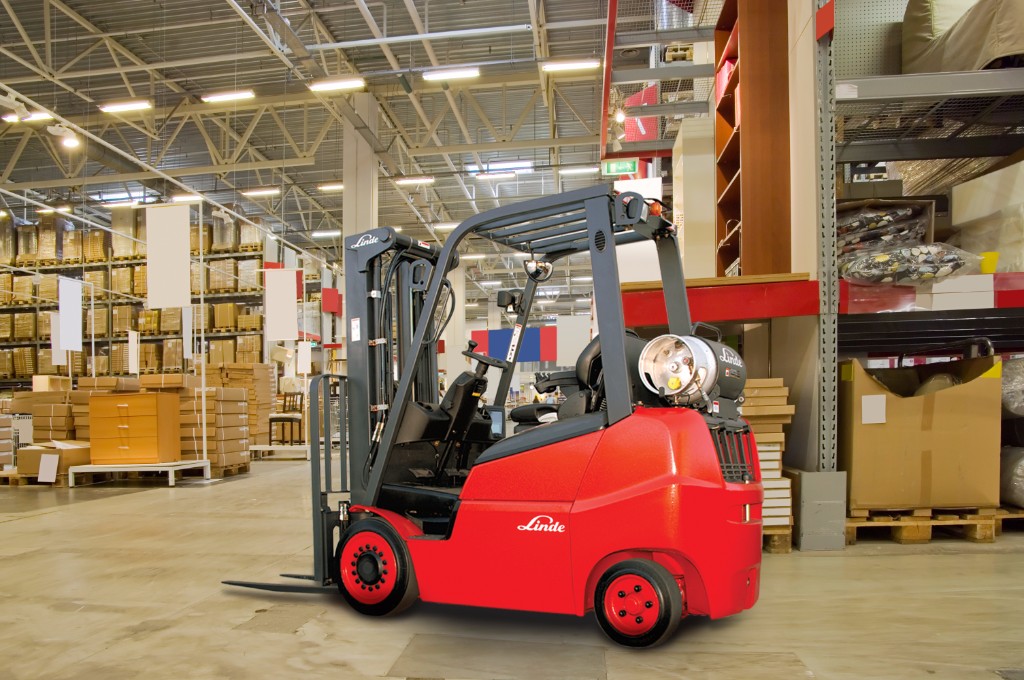One of, if not the biggest threat behind improperly handling a forklift, is tip over. If a load is placed incorrectly or a driver takes too sharp of a turn, the forklift is likely to tip over and could result in injury. In fact, according to Fatalities and Catastrophes from OSHA, six workers were killed by a tipped forklift between January and September of 2014. While this information is concerning, tip over is avoidable. By remembering a few simple steps, you can decrease your chances of tip over and create a safer working environment.
Pay attention to the load center
Tip over often occurs when a load is not properly placed according to the lift’s center of gravity. Maintaining the load’s center of gravity is essential in avoiding forklift tip over. Every lift has a specified load center- its center of gravity- and maximum load capacity. If you abide by the limits of the load center and capacity, you are much less likely to tip a forklift.
However, depending on the size of the load and its distance from the tires, the load center changes. For instance, your lift may be able to handle a 3,000-lb load placed close to the tires. But if you move the load forward, your chances of tipping increase. The closer the load is to the front tires, the less likely you are to tip.
Place the load properly
Keeping the load closer to the tires will help keep your forklift from tipping forwards, but forklifts can also tip onto their sides. Because forklifts have more length than width, it is actually relatively easy for the lift to tip to the side when a load is placed improperly. When driving, loads typically shift, and if the load is wider than the forklift, tipping becomes a bigger threat. This brings us to the third and final step for avoiding forklift tipping.
Drive carefully
Forklifts often don’t have the best turning radius, so it’s important to go slowly around sharp turns when carrying a load. Even if the load is perfectly placed, a sharp turn can shift a load and throw it from its center of gravity, causing the lift to tip.
By following these steps during the loading and operation of a forklift, your chances of tip over are much less likely. Unfortunately, accidents can happen despite the best laid plans and precautions, so always be sure to wear a seatbelt when operating a forklift.



